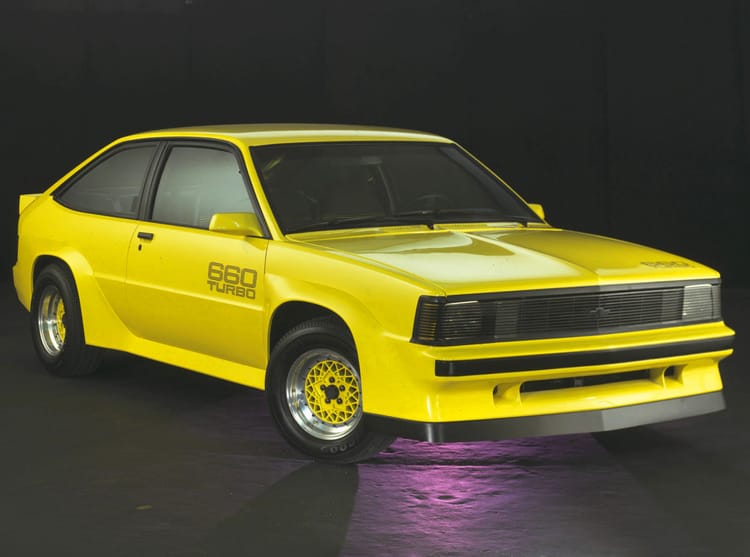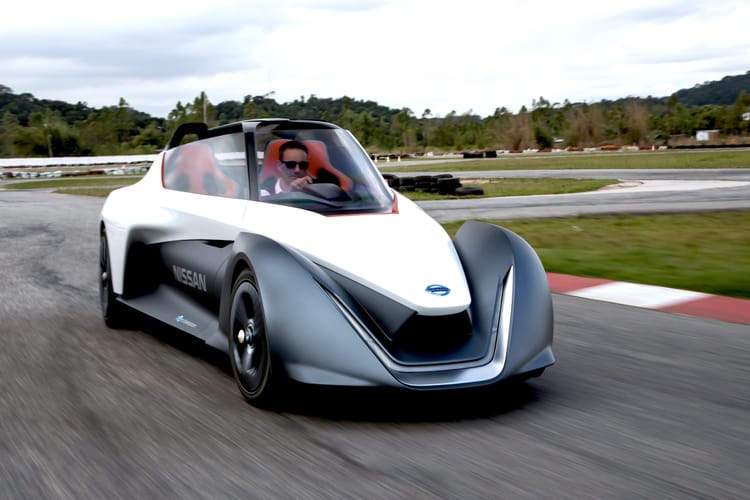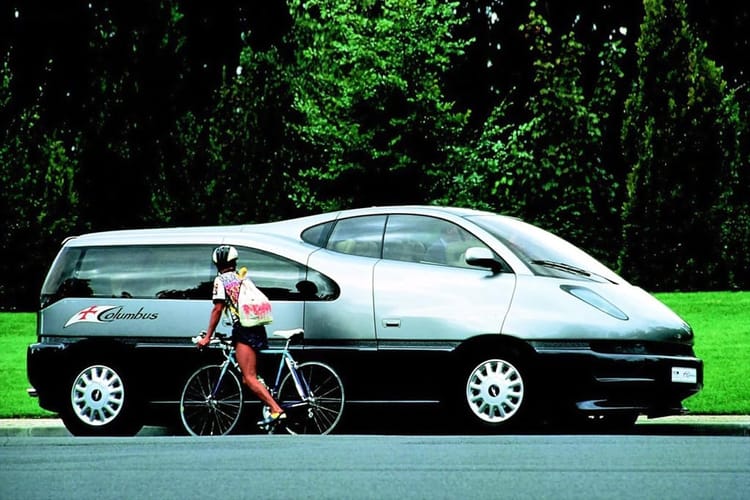NSU Autonova GT and Dacia Sandrider
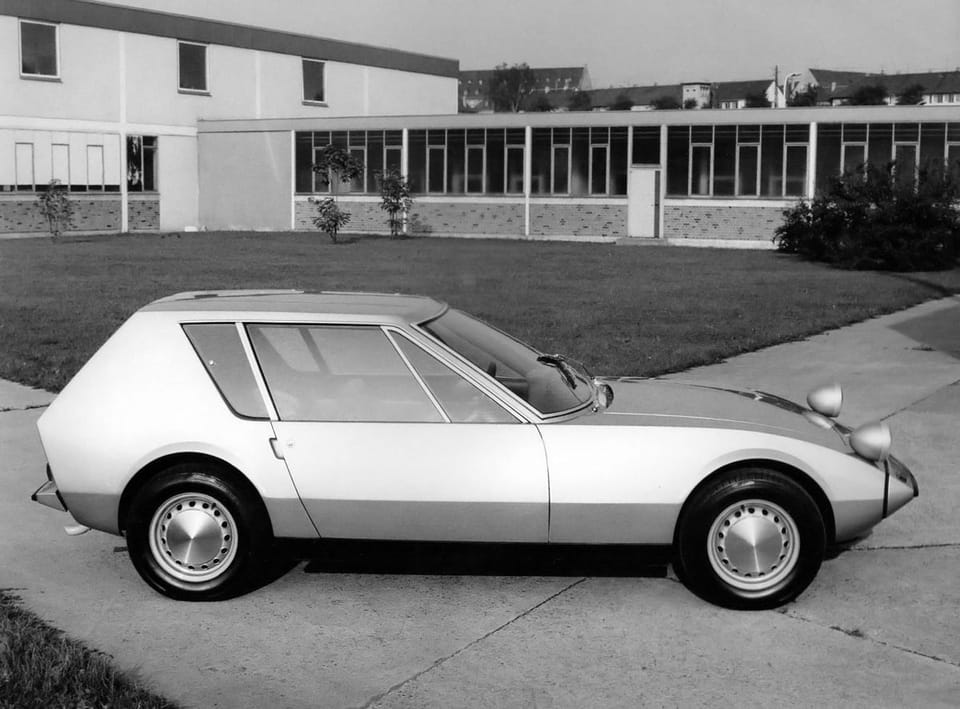
On the internet, no car is as revered as an Enthusiastmobile. An Enthusiastmobile must be affordable, quick, durable, fun to drive, available with a perky engine that drives the rear wheels. These are musts.
Thing is, Enthusiastmobiles are few and far between. They're more often teased than produced…which brings us nicely to the NSU Autonova GT.
Anyone with an ounce of gasoline in their blood will have dreamed up a way to take inexpensive compact car mechanicals and create their very own Ultimate Driving Machine.
For German journalist Fritz B. Busch, these thoughts led him to partner with designers Pio Manzù and Michael Conrad. Of the two, we know more about Manzù; an Italian who, after designing today's car, the Autonova GT, went on to complete the Autonova Fam, a very early MPV, then the successful Fiat 127 compact car.
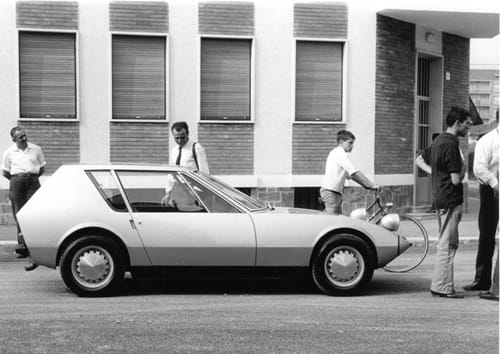
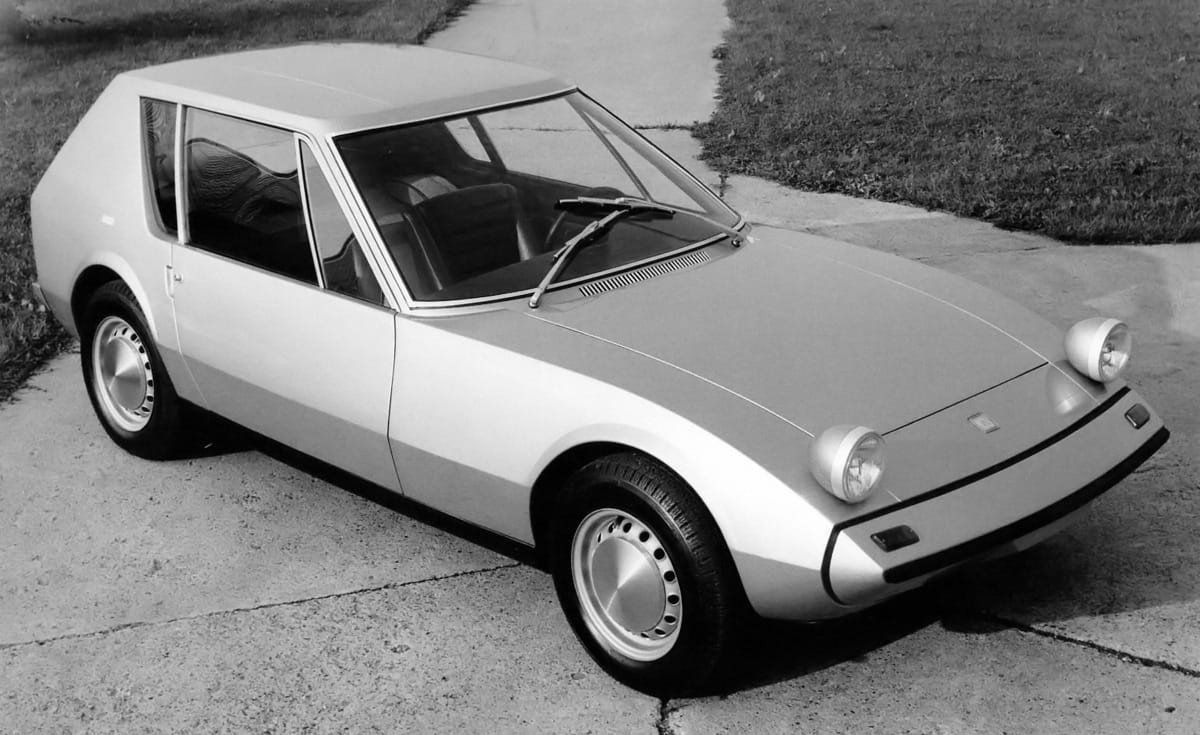
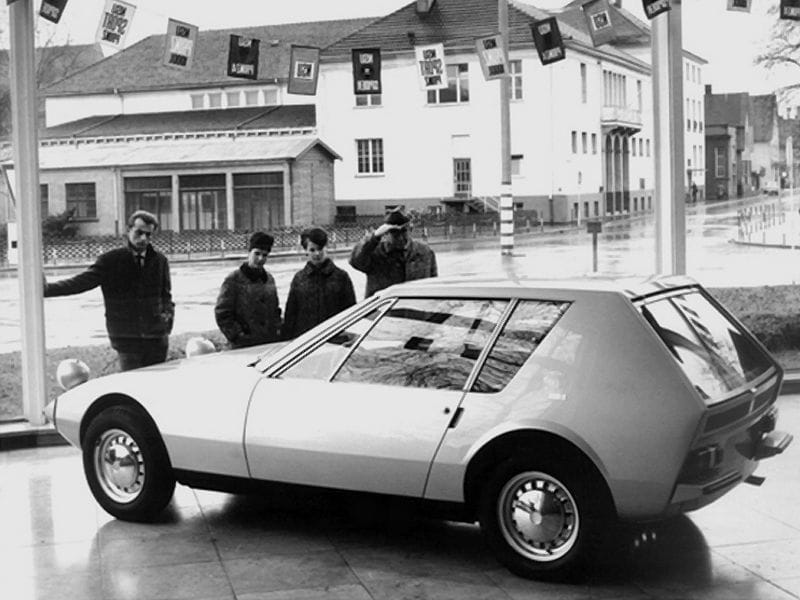
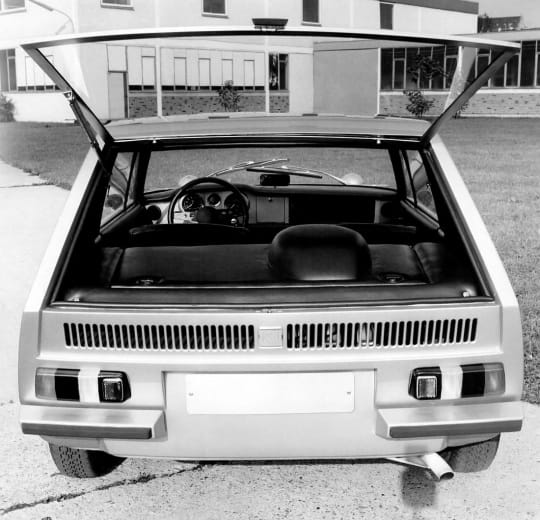
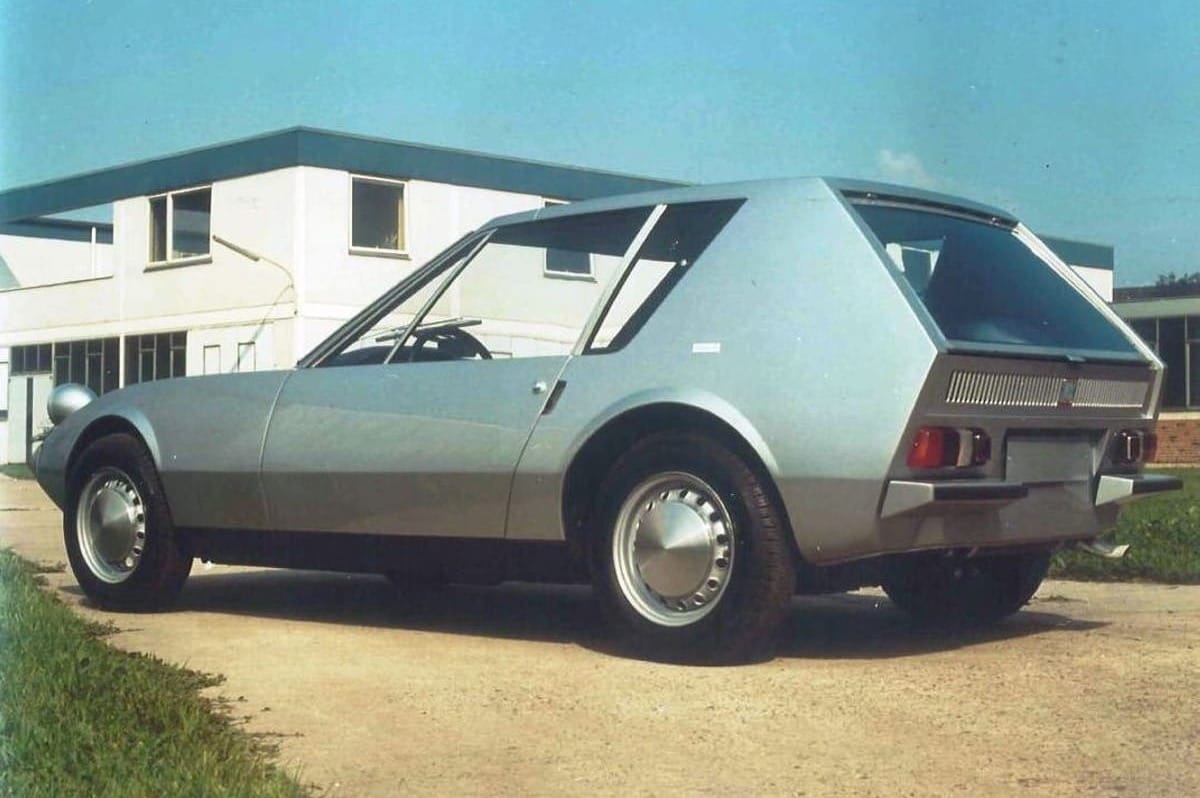
• wheelsage and 4legend
Pio would be killed in a car crash in 1969 and not see his 127 enter production, but there's no denying his talent and awareness of the auto industry would have served him well. Pio was 30. For the curious, automotive historian Matteo Licata has one of the best overviews anywhere concerning Pio Manzù’s career.
“We’re at a crossroads. Either we go on with largely stylistic studies and so slide into pure fashion (in which the Americans are far ahead of us), or else we take a new path, as suggested by traffic conditions and needs in Europe.” – Pio Manzù, 1964
The Autonova GT, shown just a year later after Manzù's quote, is clearly a sports car for Europe. Built around both the mechanicals and platform of the NSU Prinz 1000 TT, it featured a rear-mounted 1085cc 4-cylinder engine with an impressive 55 horsepower.
Keep in mind, the whole car weighed just a bit more than the then- small car to beat, the Mini Cooper S. With rear-wheel-drive and a curb weight of just 735 kg (1,620 lbs.), the car would have been quick enough for its target market of young car enthusiasts.
Top speed? An impressive 170 km/h (105 mph); on par with most Porsche 356 versions of that era. Transmission: a four speed manual. Estimated to retail at twice that of a period Volkswagen Beetle, the Autonova GT nevertheless received enough positive feedback to force NSU to give the project a serious look.
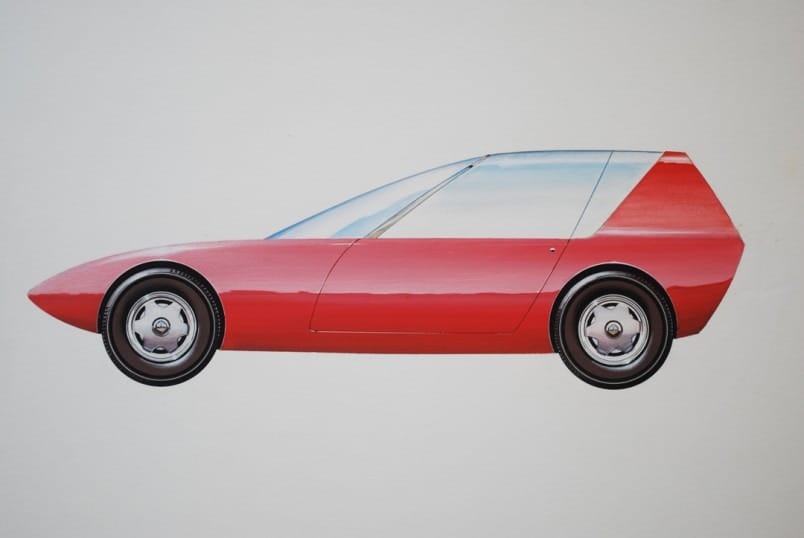
To my eyes, it’s a little bit Volvo 480 / C30, a dose of Honda Diva / Civic (EG) / CR-Z, AMC Pacer, and about a half dozen other similarly-intentioned vehicles that arrived far after the little Autonova GT.
Why did it fail?
To start, NSU was virtually broke; their model offerings consisted of the Wankel Spider and the (in development) ro80 Wankel-powered sedan. Then, Volkswagen had fully taken over NSU by 1970, consolidating its engineers with teams from other absorbed companies that would eventually help form the foundation of modern-day Audi.
If you want to see the Autonova GT in person, bless, it's been kept for a number of years by Audi and now resides in the company's museum. It exists.
The following year, the upstart design trio would present their next Autonova, the Fam—an ahead-of-its-time mini-MPV that was conceived a decade too soon. I’m sure I’ll tackle that one soon.
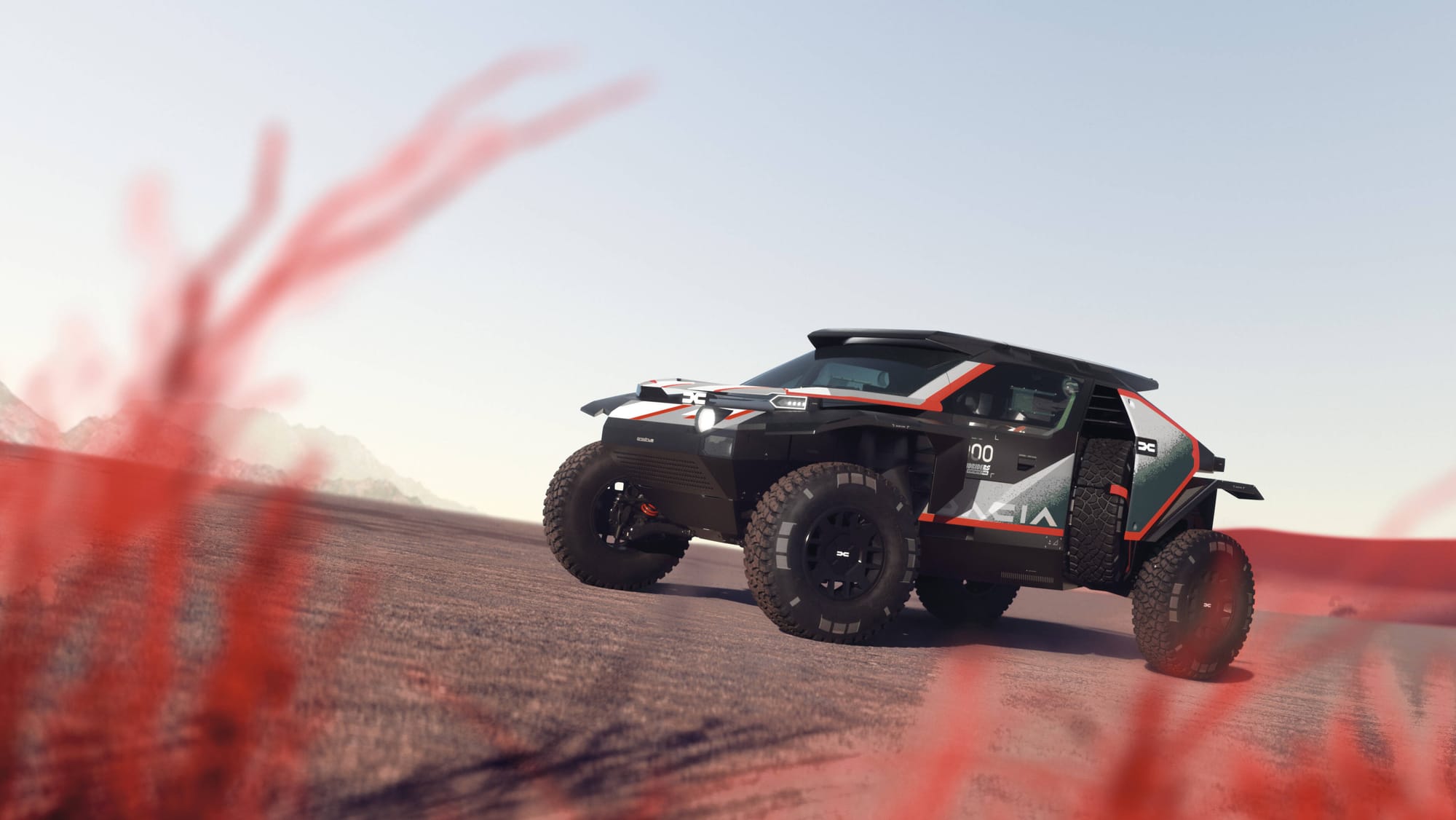
DACIA SANDRIDER – Underneath, this is a BRX Hunter, Prodrive’s bespoke desert racing car but in 2025 and beyond will be reimagined as a Dacia. Factory teams rebranding existing racing cars is a tactic as old as the sun (or thereabouts), so if it means Dacia gets to do what SEAT could not — simply compete in the Dakar Rally — it will be a win for racing fans. Sebastian Loeb, Cristina Gutierrez, and Nasser Al-Attiyah will debut the car in October this year at Rallye du Maroc 2024. More at Dacia and Motorsport.com


